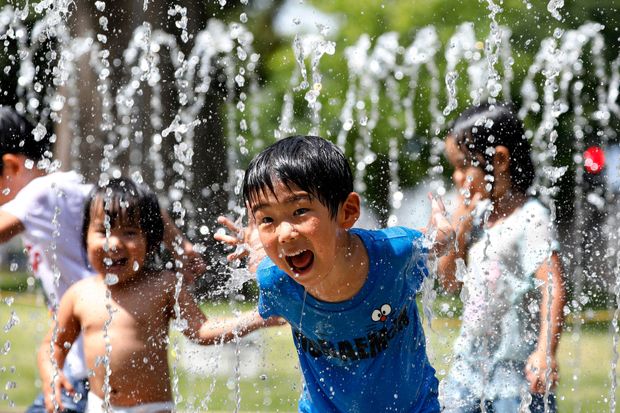Recently, a mapping website garnered a wave of controversy in Japan as the website is identifying chatty neighbours and noisy children in order to mark noise levels in different areas of the country.
What’s the first thing that comes to your mind when you think of Japan as a country? The first thing that often comes to our mind is the calm and beautiful atmosphere of Japan with excellent tourist sites, but what we often miss from our view is that Japan can also be at times a noisy place for people to live. Recently, an interactive map garnered a wave of controversy in Japan as the website is identifying chatty neighbours and noisy children in order to mark noise levels in different areas of the country.
The map is publicly pinpointing neighbourhoods with noisy children for especially those who are in search of a quieter life. The Japanese website that permits people to report locations in major cities where children make noise when they play on the street is being heavily criticised by the citizens. This mapping technique is gaining a lot of attention as many believe that mapping of noisy areas will promote intolerance and will also provide a chance for dissatisfied residents to lash out at their neighbours.
Over the past year, the enforced work-from-home conditions and schools closing down have pushed many Japanese to spend more time at home. This increase in the number of people stuck at home is likely to be one of the major reasons behind the popularity of this controversial Japanese site, called the Dorozoku Map.
The Dorozoku Map:
Dorozoku literally translates as ‘street tribe’, but for the website, the word has come to denote a particular kind of person. The word is used for the kind of person who obstructs free passage, talks loudly, and, in general, is a public nuisance.
The website is known as Dorozoku Map and was created by an anonymous system developer after he found it impossible to work from home because of the noisy children appearing on his street. The map shows numerous colourful circles indicating places to avoid. It has been claimed that the website has identified nearly 6,000 hotspots across Japan where people have made a complaint against children, adults or their neighbours.
Also, by clicking on the icon present on the mapping website, the visitor will be able to even see a comment about that location and will be able to hear the nature of the nuisance, from children “playing noisily” to adults engaged in gossip.
Sensitive nature of Japanese people towards noise:
Specifically talking about the Dorozoku Map website, the site was created and developed by a Yokohama resident back in 2016, when he was unable to work due to the noise of the kids on his street. He created this site with the sole purpose of shifting to a less noisy place and also so that the users can find “better places to relocate to”.
Apart from the creation of this website that maps the noisy places in the country, there have been several incidents in the past that show that Dorozoku’s creator is not alone who wants to help people shift to a quieter place. Back in 2012, a suit was filed against a day-care centre by some residents in Tokyo’s Nerima Ward who wanted that the noise from the facility “must be stopped” and demanded a law to ban noise over 45 decibels. Another nuisance gained attention in 2014 in which authorities in Tokyo exempted younger children’s voices to be considered a form of noise pollution.

